Joseph Paxton was born on 3rd August 1803 at Milton Bryan, Bedfordshire. ( Some references state his birth year as 1801, but Paxton admitted in later life that he had pretended to be two years older in order to get a job with the Horticultural Society.)
His family were farmers and at age twenty-one he was employed as an under-gardener at the Horticultural Society’s gardens at Chiswick. His exceptional work came to the notice of the Duke of Devonshire and eventually he became Head Gardener to the Duke’s Chatsworth estate. It is believed that Paxton had considered emigrating to the United States before being taken on at Chatsworth.
His marriage to Sarah Brown, the housekeeper’s niece, would also prove a stroke of good fortune. She proved an astute business partner to Joseph’s burgeoning creativity.
In 1832 Paxton became Manager to all the Duke’s estates. He not only designed the gardens at Chatsworth, but built a model village and an arboretum. But his lily-house design and construction would have far-reaching consequences for modern building design.


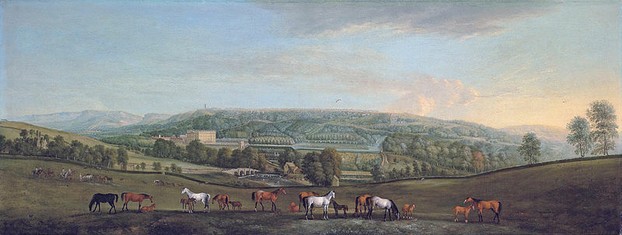
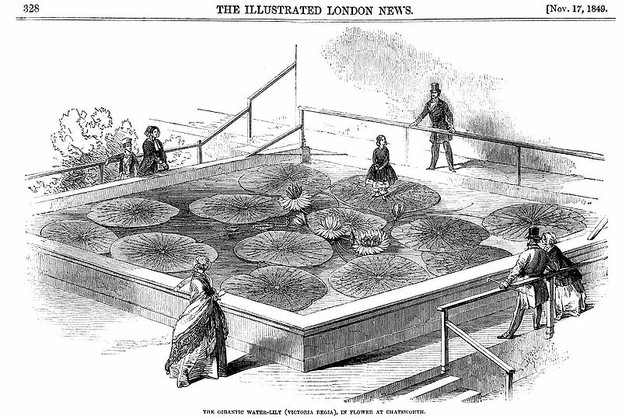



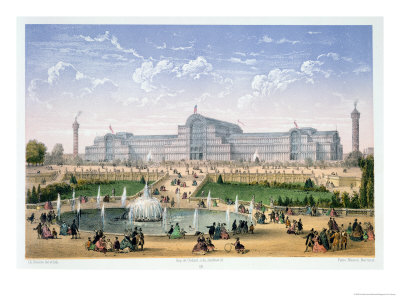





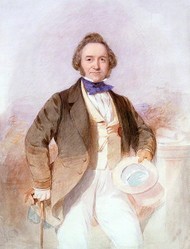

 How to Choose a Walking Cane or Stickon 08/01/2014
How to Choose a Walking Cane or Stickon 08/01/2014
 Michael Miller Fabulous Fabric Swatches for Quilting, Crafts etcon 07/02/2014
Michael Miller Fabulous Fabric Swatches for Quilting, Crafts etcon 07/02/2014
 The Drama of Life in the Rock Poolon 06/08/2014
The Drama of Life in the Rock Poolon 06/08/2014
 The Flâneur - Symbol of Modernity in 19th Century Parison 05/09/2014
The Flâneur - Symbol of Modernity in 19th Century Parison 05/09/2014

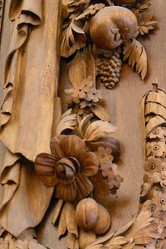
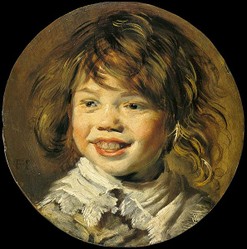
Comments
Visualizing and designing gardens and palaces can be really engaging, especially for these talented architects. There is no doubt that Joseph Paxton has put all his energy and talent to create the beautiful Crystal palace.
Hi Jo and Ologsinquito - Yes, that water lily really was thinking outside the box! Thanks for your comments :)
Studying the water lily for architectural clues was sheer genius. Nice one!
Joseph Paxton must have been exceedingly brilliant. I love the drawing of the giant water lily.